Courtney Lerch’s Study Abroad Portfolio ~ 2005
English 201-Honors and English and 314
Study Abroad with Radford University
European Literary Trails Program
Director: Dr. Jolanta Wawrzycka
The content of this page is research done for Honors Credit
Constance Markievicz
Constance Gore-Booth was born on February 4, 1868 to Sir Henry and Lady
Georgina Gore-Booth. Sir Henry, a landowner and explorer, owned a vast
estate at
Lissadell (click on pictures below) in County
Sligo (9).
While Constance (affectionately called Con by her friends and family) was growing up, the two main political issues in Ireland were Home Rule and the Land Reform. As important as these issues were, she would later write that living at Lissadell kept her isolated from the turmoil her country was going through (9). Even as a young girl, though, Constance questioned her father’s treatment of the family’s tenants, and as she grew up and became politically aware she began to sneak out to hear speakers like Charles Stewart Parnell. At one speech, she heard a man named Sexton tell the audience about how viciously her own grandfather had exploited his tenants. From this point forward, Constance vowed to fight for the rights of those less fortunate than herself (11).
Constance Markievicz William Butler Yeats Charles Stewart Parnell
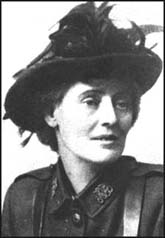
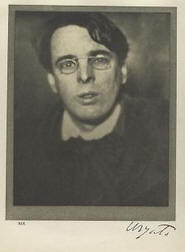
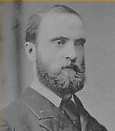
In the winter of 1894, William Butler Yeats made the first of what would become many visits to Lissadell. Constance was home from the art school she attended in London, and the two began their lasting friendship. Constance undoubtedly listened to Yeats talk unendingly about his love, Maude Gonne. She was of the same upper class Anglo-Irish background as the Markievicz’s, but she had left that life in order to work for people’s rights. This could have been the turning point in Constance’s life when she realized that she did not want to live the life to which she was accustomed (15).
Constance continued her art studies, and when she turned twenty-five she went to Paris to further her artistic knowledge. It was there that she met Count Casimir Markievicz. They married in 1900 and soon had a little girl, Maeve, in 1901. They eventually became the “darlings” of the Dublin Castle balls, but the last one they attended was in 1908 (20).
It was after the conclusion of the ball that Constance went to her first meeting of Maude Gonne’s Inghinidhe na hEireann (The Daughters of Erin). Only ten days later, she made her first appearance as a member of the Irish nationalist movement at a Sinn Fein demonstration (20-21). This was a transitional period for Constance, because she was no longer welcome at the Dublin Castle, but her nationalist friends viewed her with caution. Yeats was also appalled at her actions (but he may have just been upset that she chose men like Connolly and Larkin, the leaders of the Irish Citizen Army, over him) (21).
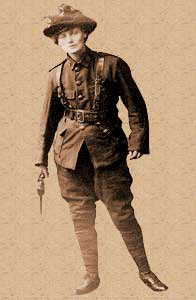
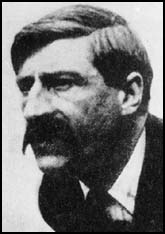
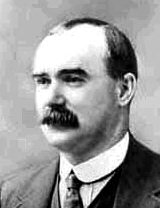
Constance James Larkin James Connolly
In 1911, Constance and James Connolly began what would become a very close friendship (23). During the Dublin lockout of 1913, Constance helped the strikers a lot by setting up a soup kitchen in Liberty Hall (24). According to McGowan, “it was largely due to her efforts that the children of the 30,000 strikers were saved from sheer starvation (24). Soon after the strike ended, Connolly instigated the formation of the Irish Citizen Army, and Constance was a leading member (25).
As a central member in the Irish Citizen Army, Constance played a pivotal role in the 1916 Easter Rising. When it failed and she was captured along with the other leaders, her sentence was the same as theirs: death. However, it was soon converted to life in prison so that the British government would not come under fire for executing a woman (33). She sat in solitary confinement in Dublin’s Kilmainham Gaol and listened to the shots that killed her friends Connolly, Pearse, Plunkett, and others (33). After a little over a year in jail, she was pardoned along with all other surviving participants of the rising and set free (37).
In 1918, Britain extended conscription to Ireland, but the government refused to comply (38). The British suspected a German-Irish plot and consequently arrested seventy-three Sinn Fein members, including Constance (38). While she was in jail again, she became the first woman to be elected to the British House of Commons (where she refused to take her seat in order to make a statement) (39).
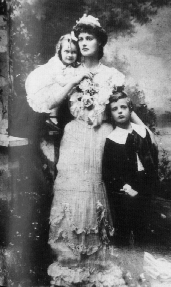
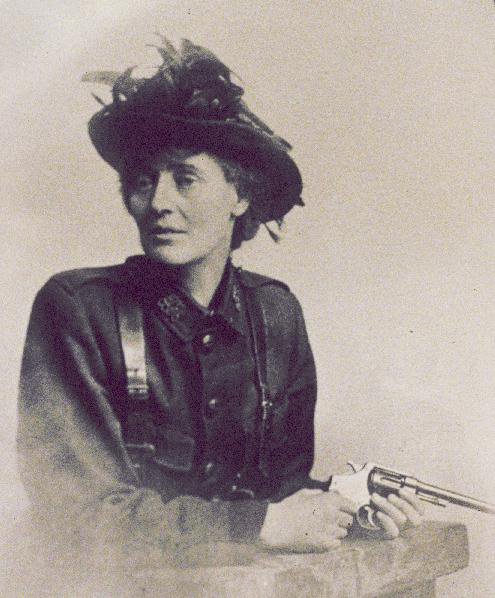
Soon after she was released from jail in 1919, Constance was appointed Minister of Labor for Eamon de Valera’s new Dail Eireann government. She had this position for about a year, until she was stopped by a member of the Republic Irish Constabulary. When she did not have a permit to drive, she was again thrown in prison (43). Constance stayed there until 1921, when British and Irish forces reached a truce in the Anglo-Irish War (45). She still had one more stint in prison to come, however.
In 1923, Constance regained her seat in the House of Commons (she had lost it while touring the United States) (48). However, she refused to sit in a Free State Dail, and was thrown in jail as a result (48). She immediately decided to go on a hunger strike, which she followed through with until her release the following month (49). For the next four years, Constance worked vigilantly for human rights and her political beliefs (50-54). After an appendectomy and another surgery, Constance’s physical condition quickly deteriorated. Surrounded by her family, she passed away on July 15, 1927 at the age of 59 years (54).
Constance Markievicz was a truly fascinating woman. She left behind a life of luxury, comfort, and special friends like William Butler Yeats to work for what she believed was right. Yeats even wrote poems about Constance and her sister, Eva, the most well known of which is
‘The light of evening, Lissadell,
Great Windows open to the south,
Two girls in silk kimonos, both
Beautiful, one a gazelle.’ (14)
The work of Constance Markievicz will always be remembered in Ireland, as she was essentially their Joan of Arc figure (25). Rarely does one come across such a remarkable and admirable woman.
~~~~~~~~~~~~~~~~~~~~~~~~~~~~~~~~~~~~~~~~~~~~~~~~~~~~~~~~~~
Works Cited:
McGowan, Joe. Constance Markievicz: The People's Countess. Mullaghmore, County Sligo. Constance Markievicz Milliennium Committee, 2003.
Sources Consulted:
http://en.wikipedia.org/wiki/Constance_Markievicz
http://www.thewildgeese.com/pages/ireland.html
http://www.geocities.com/pettigolass/countess.html
http://www.historylearningsite.co.uk/countess_markievicz.htm
Pictures (other than those of Lissadell House) from:
http://www.spartacus.schoolnet.co.uk/Wmarkiewicz.htm
http://en.wikipedia.org/wiki/William_Butler_Yeats
http://en.wikipedia.org/wiki/Charles_Stewart_Parnell
http://www.spartacus.schoolnet.co.uk/IRElarkin.htm
Back to English Honors Project